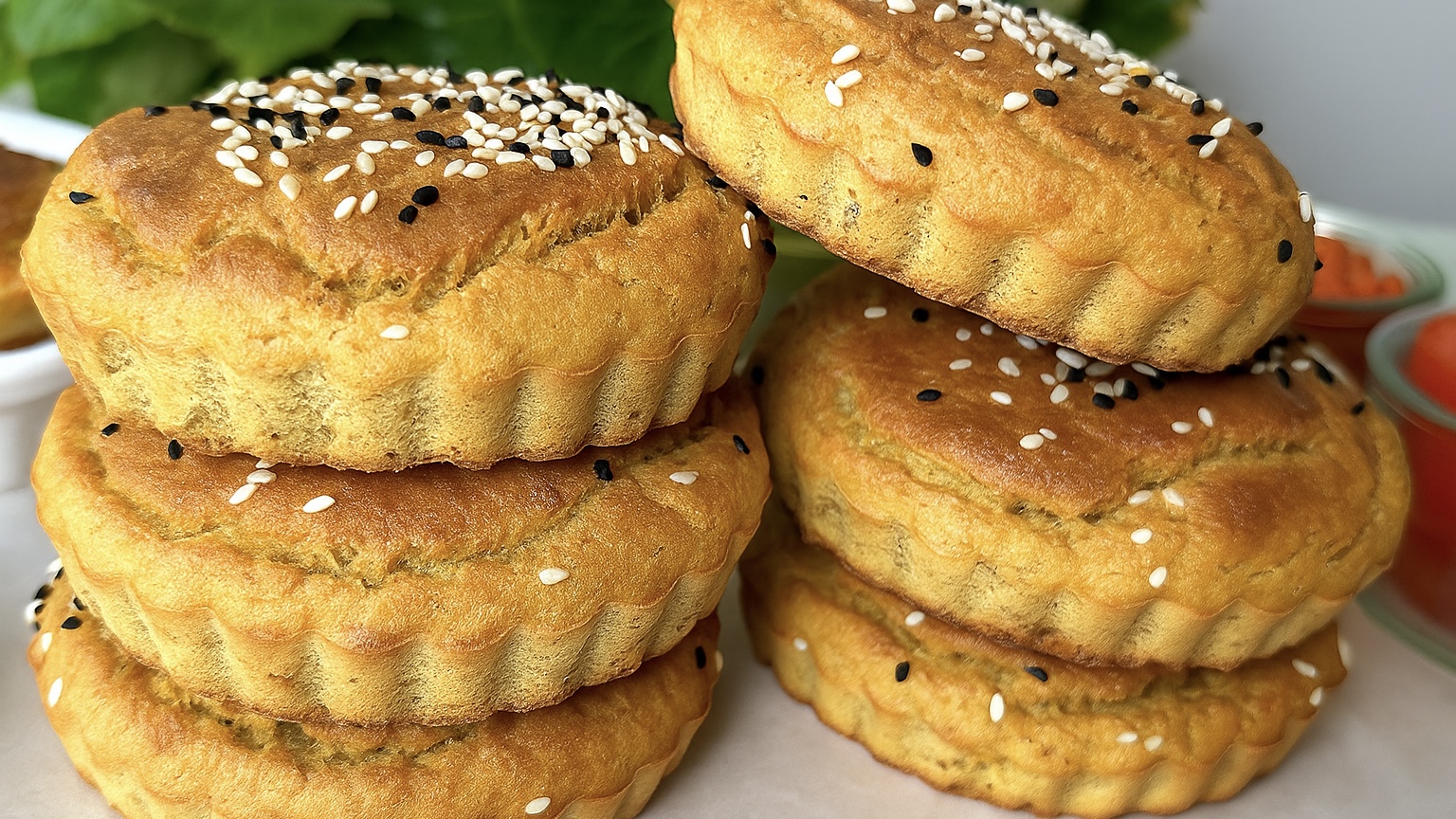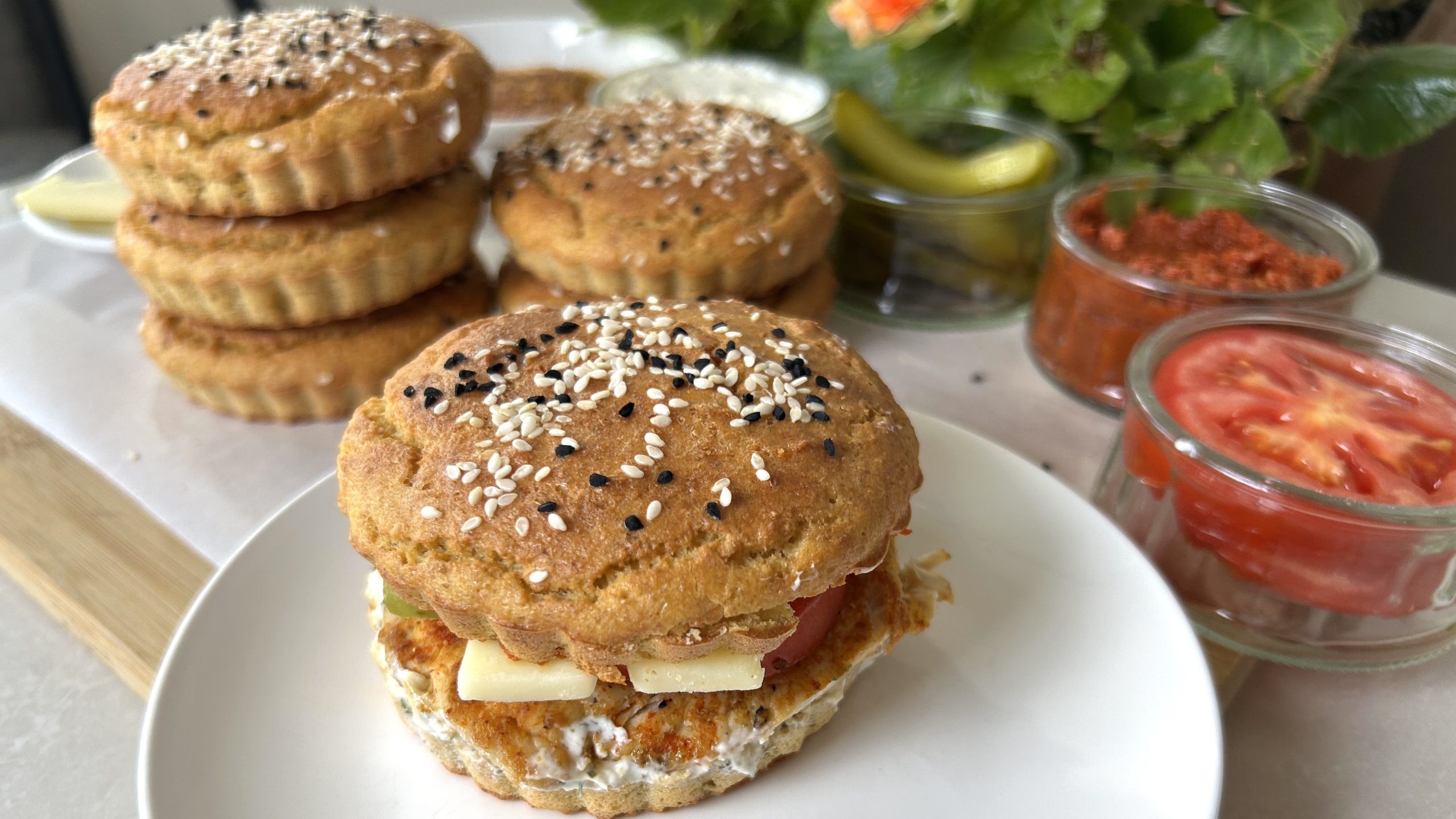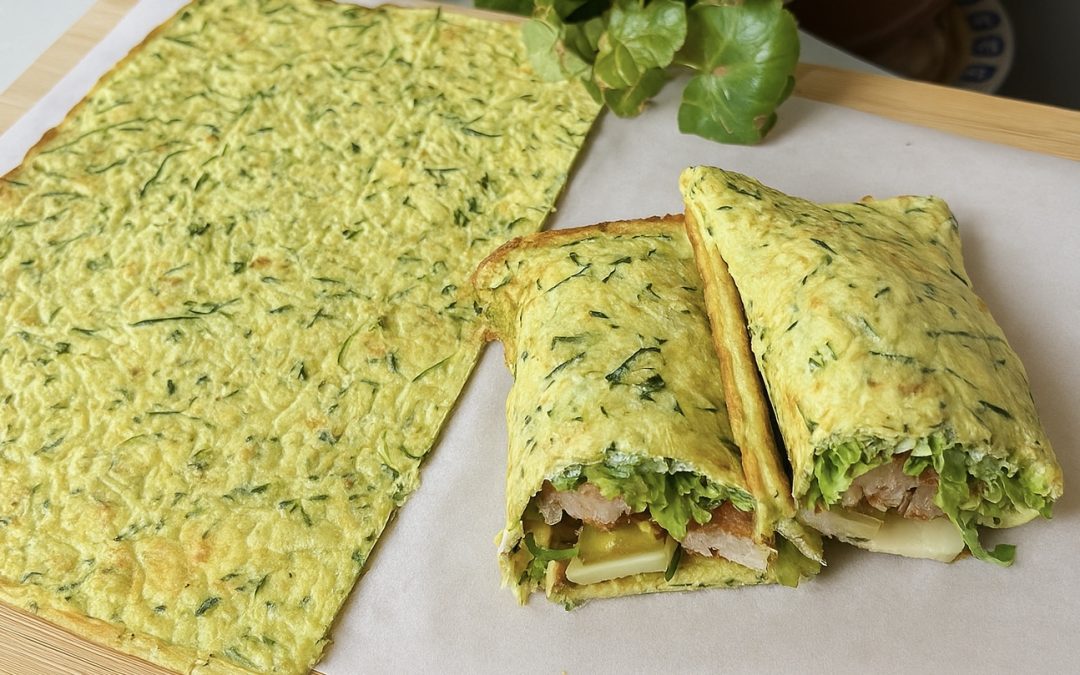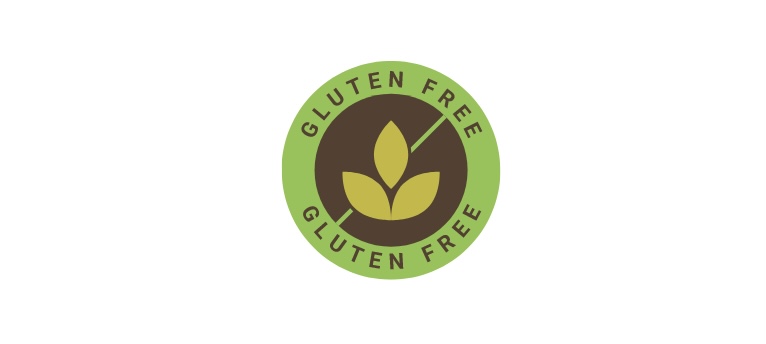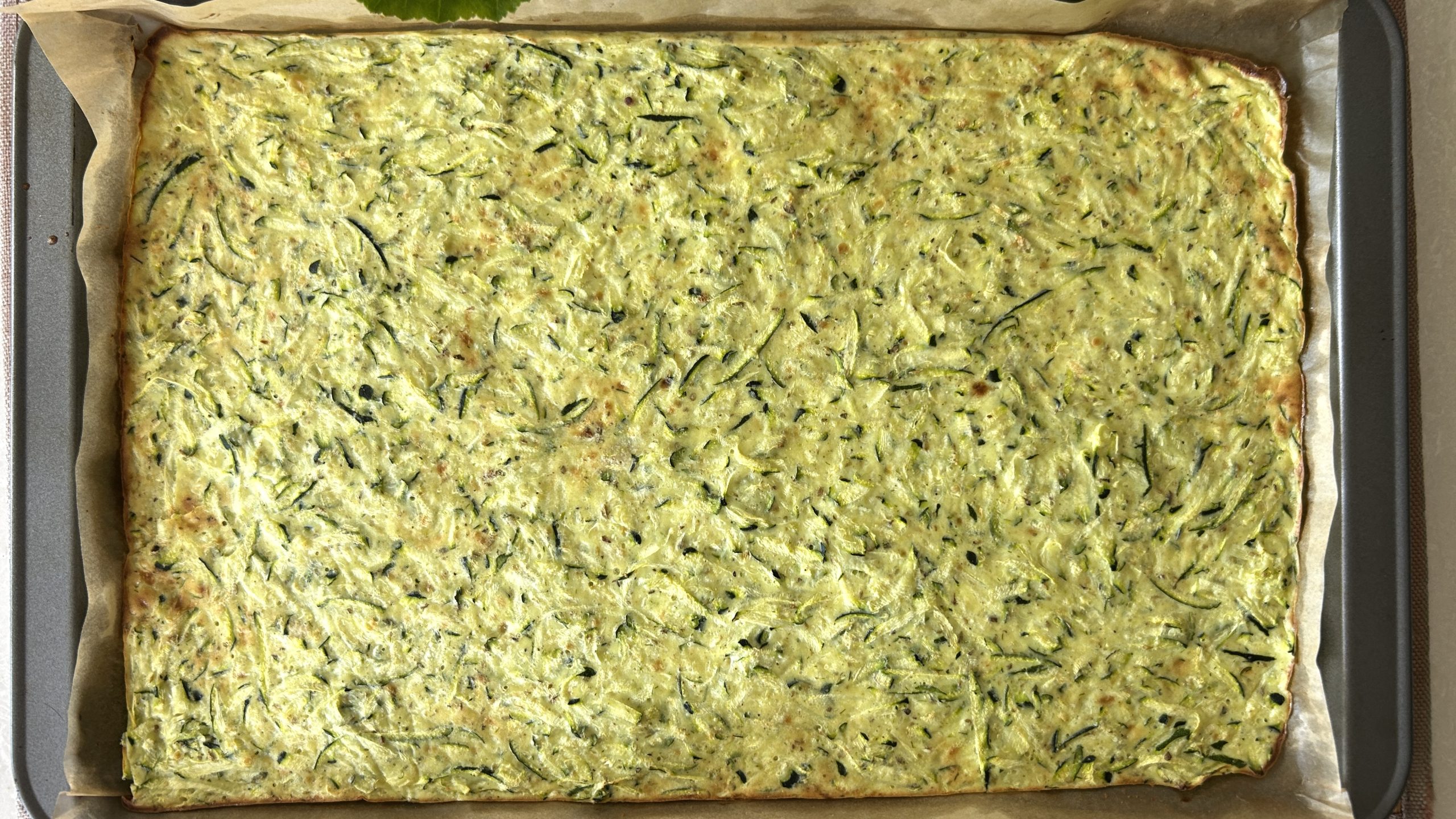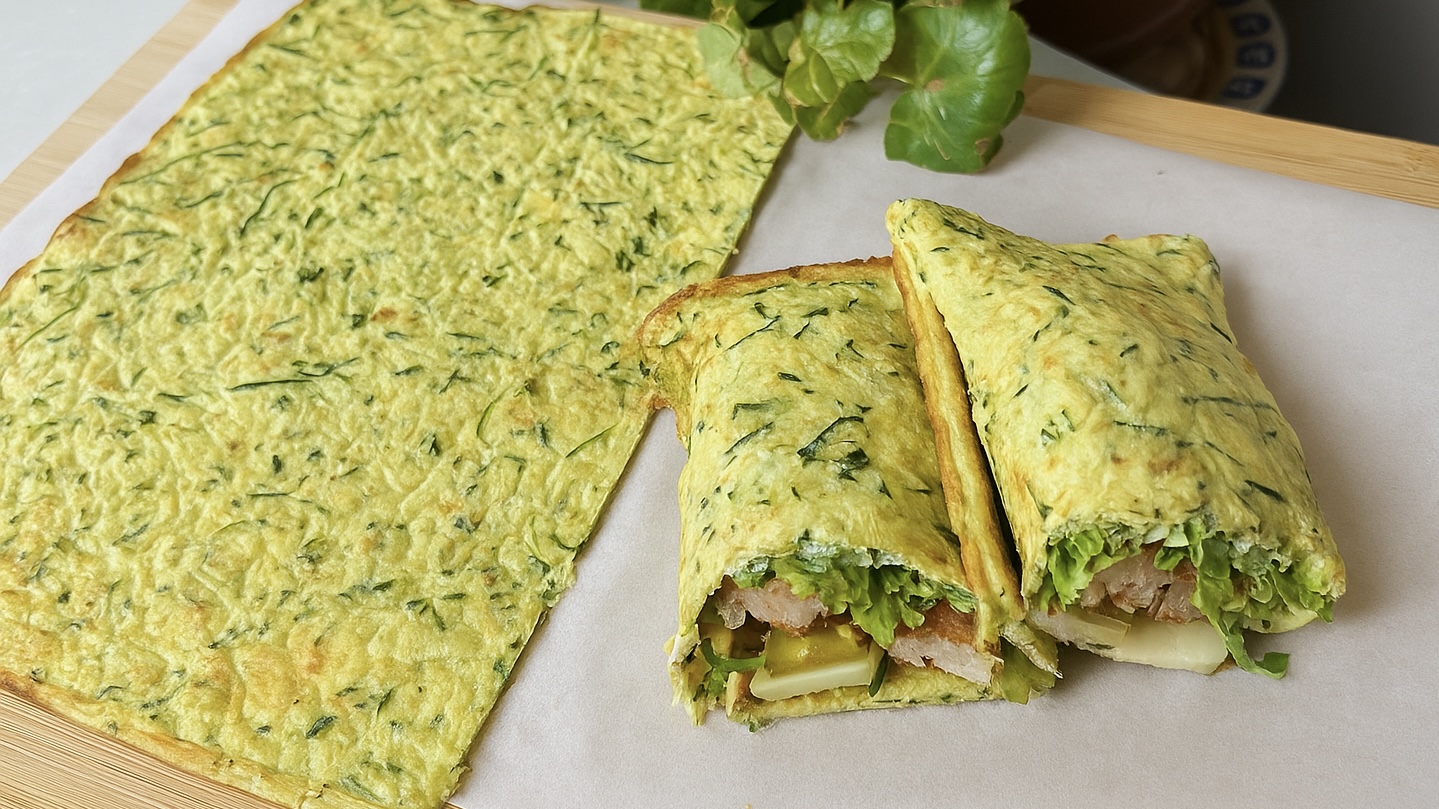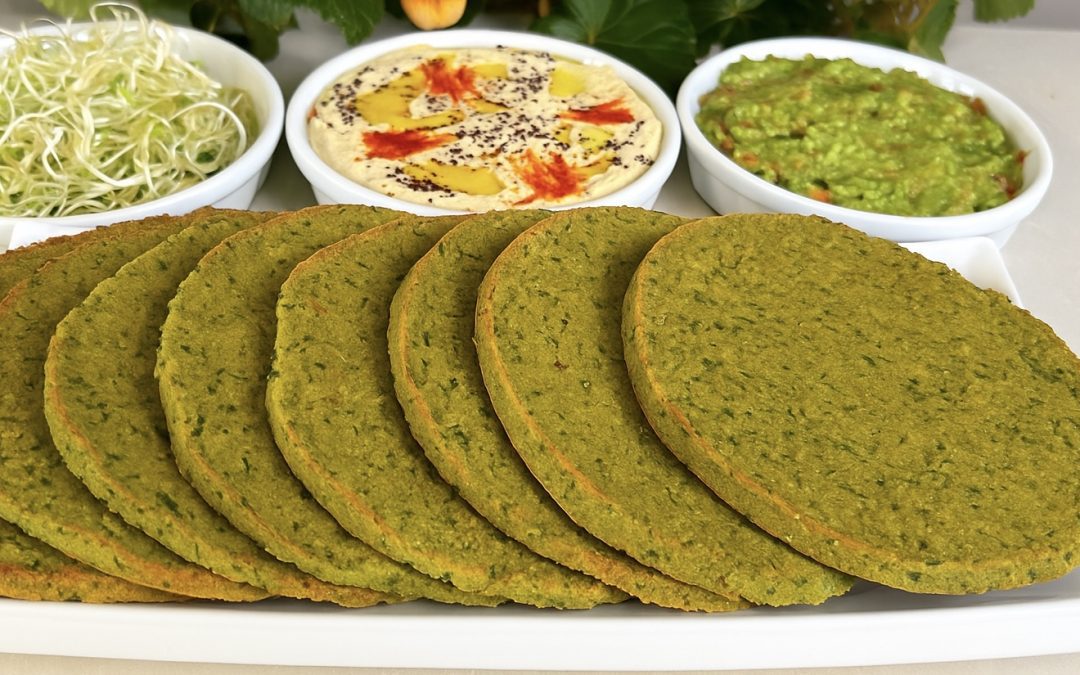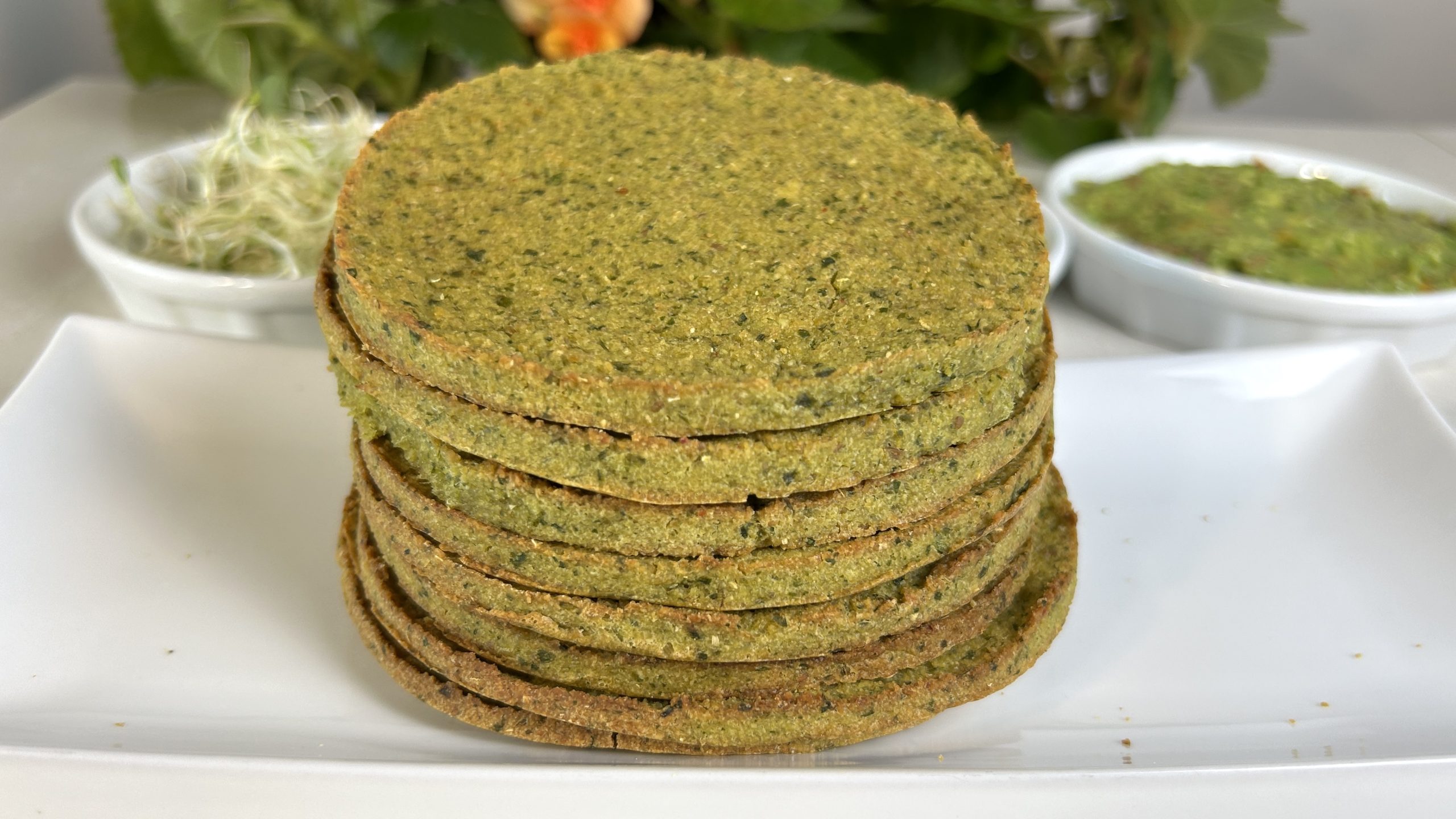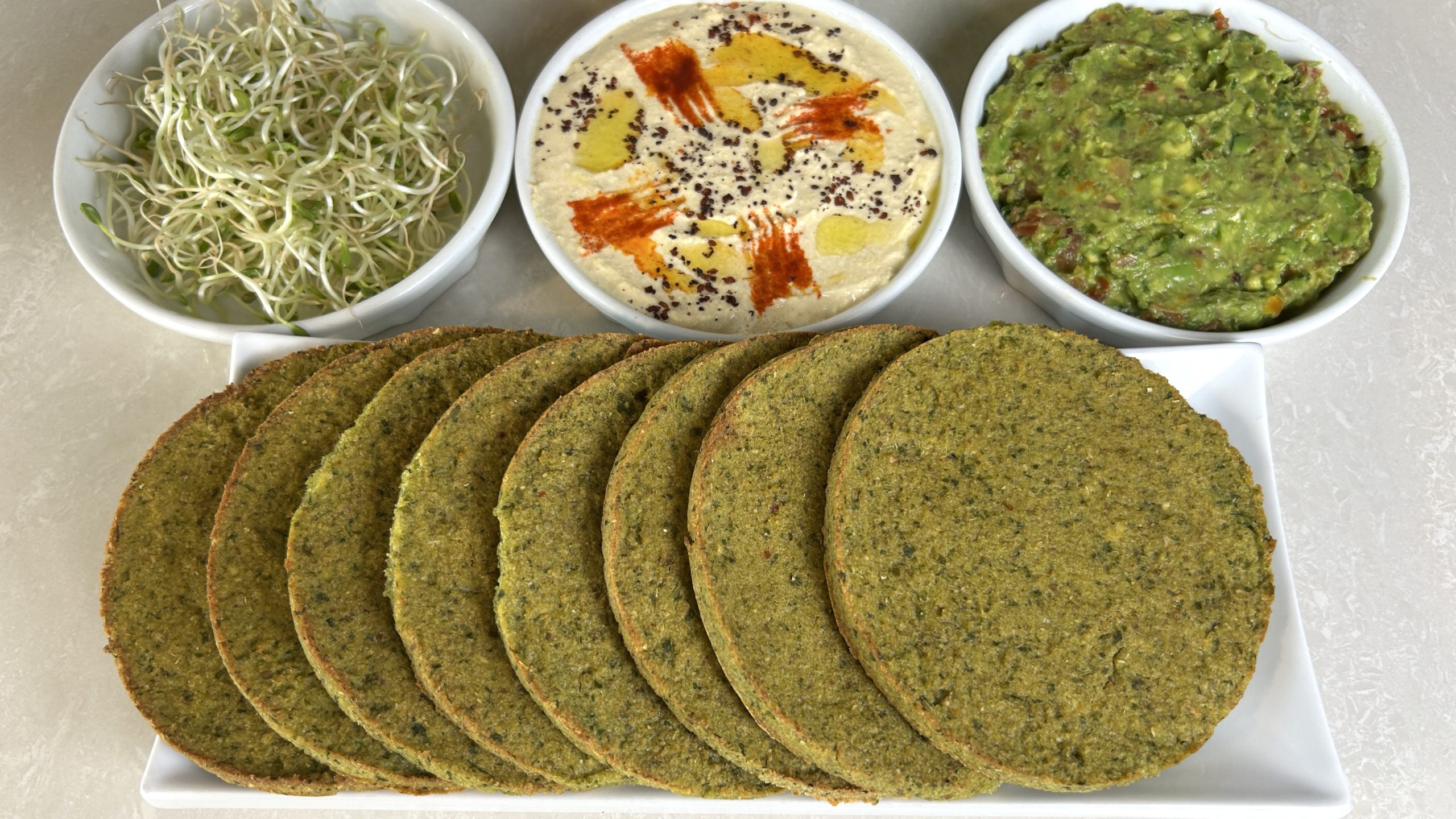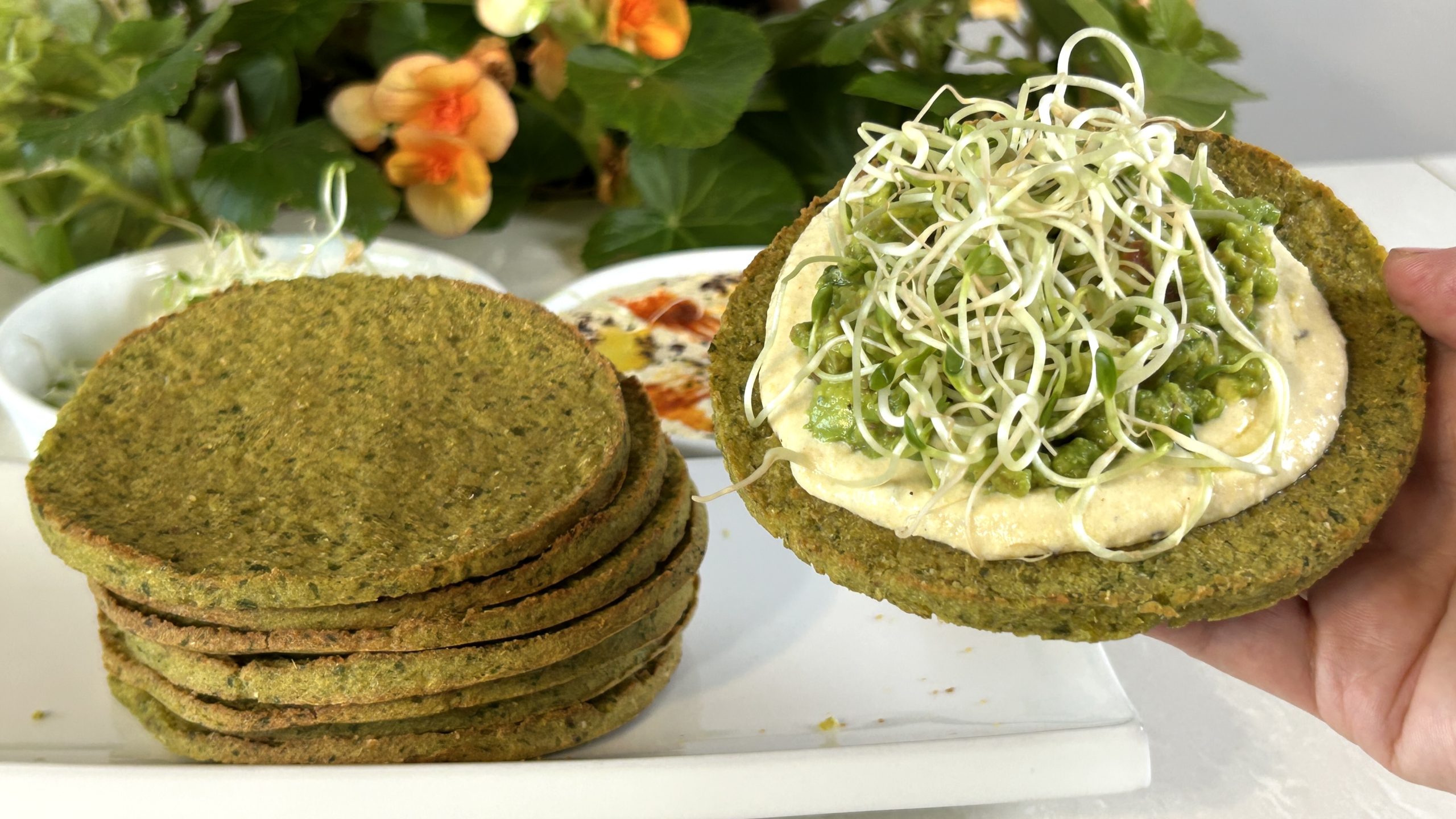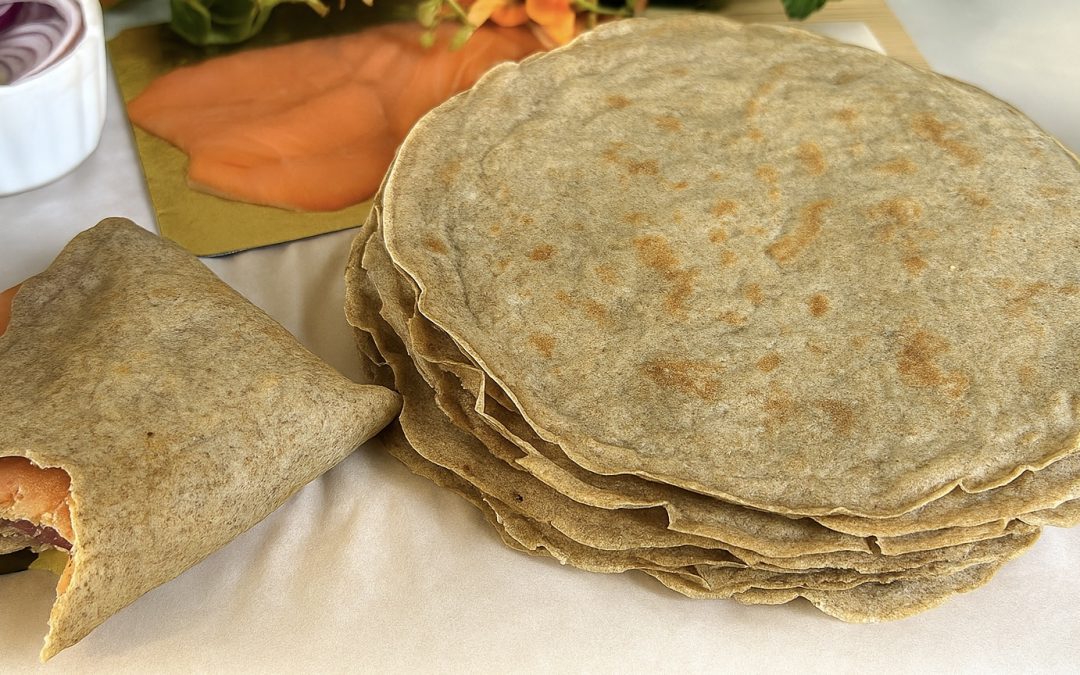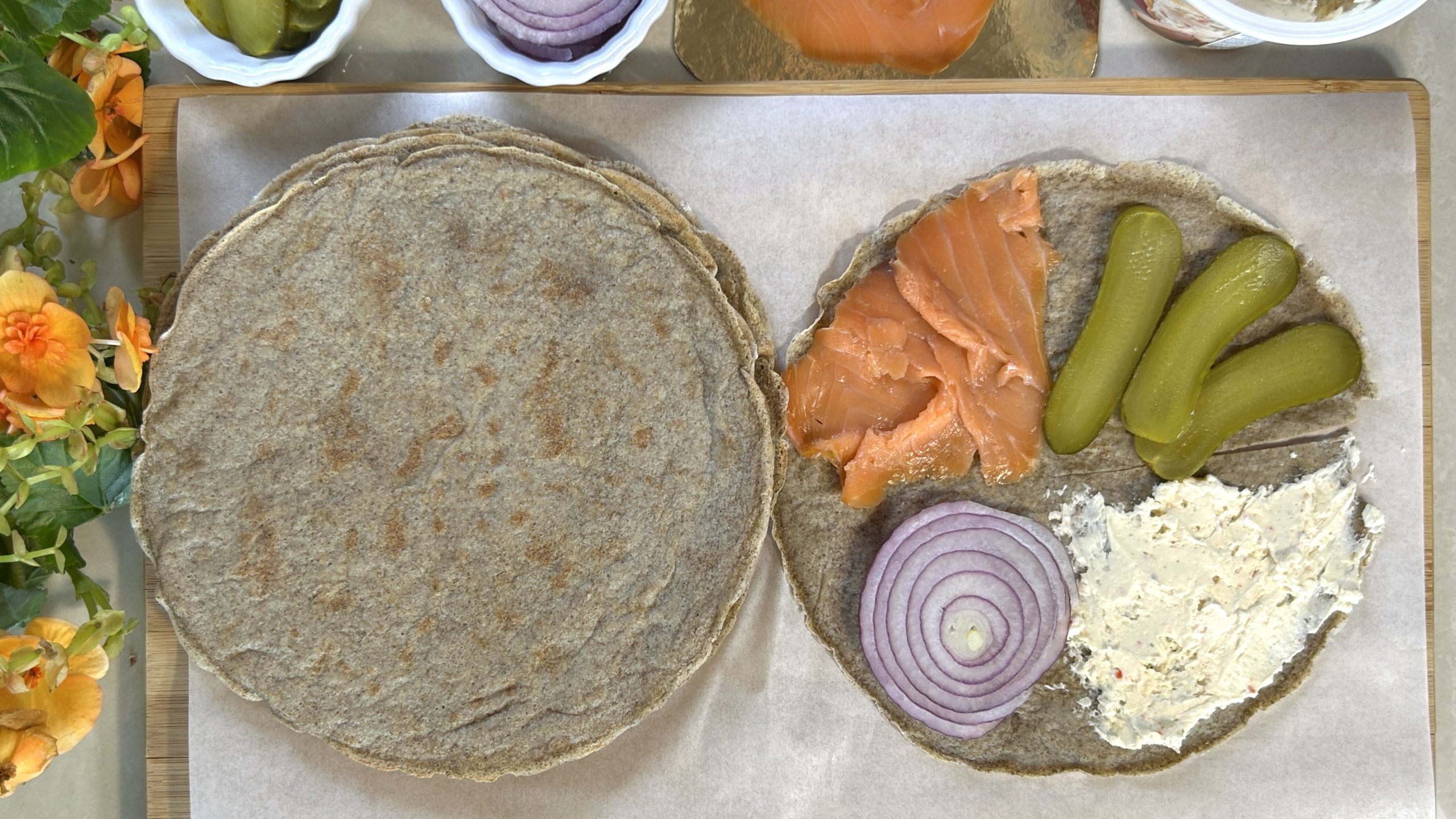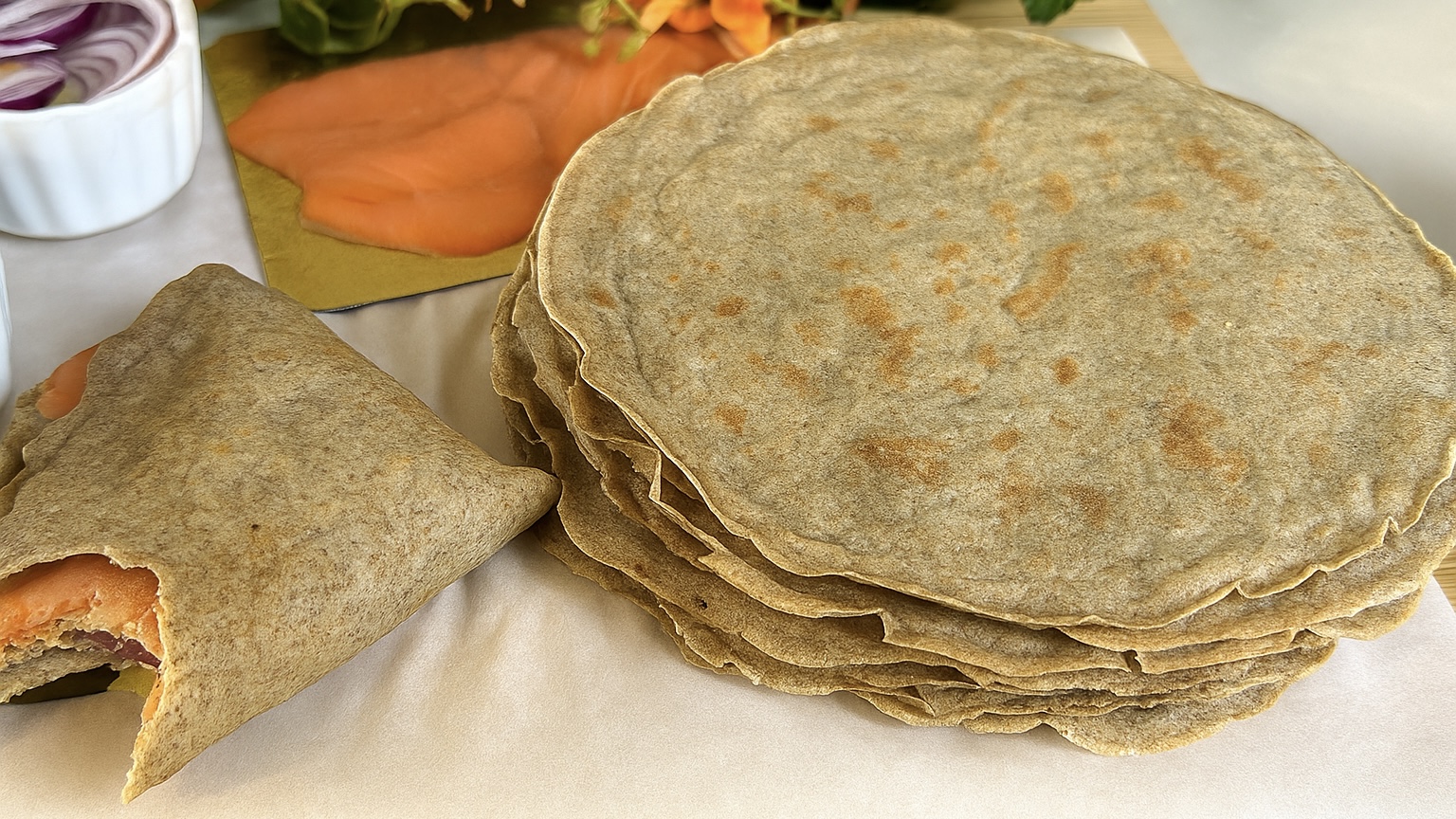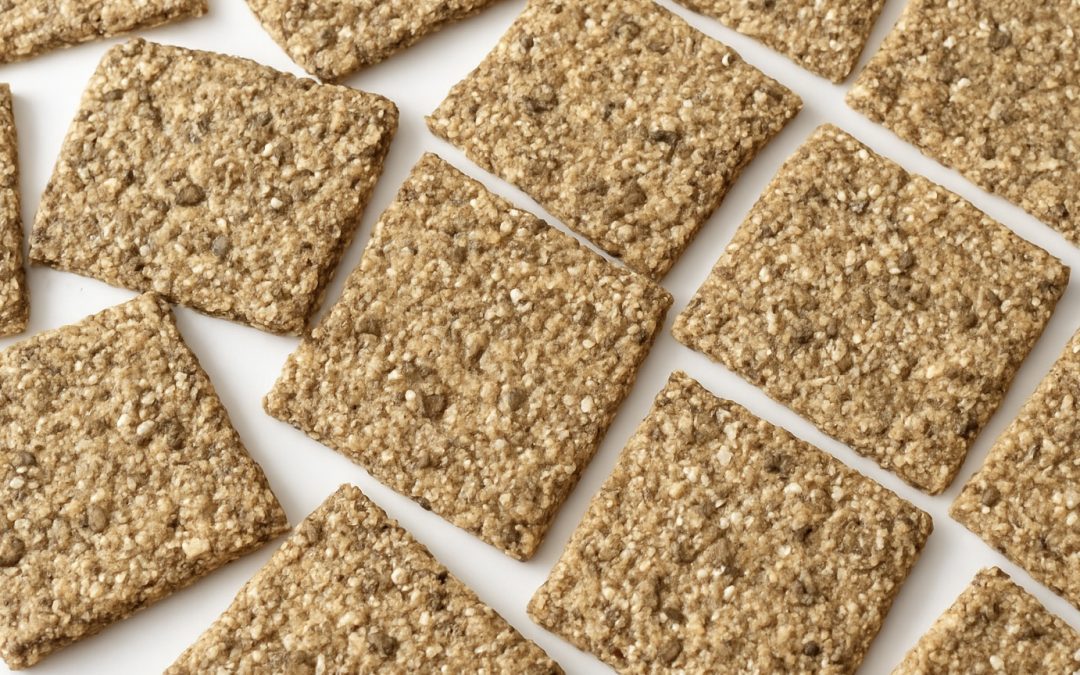
Wholesome Seed Crackers
Wholesome Seed Crackers
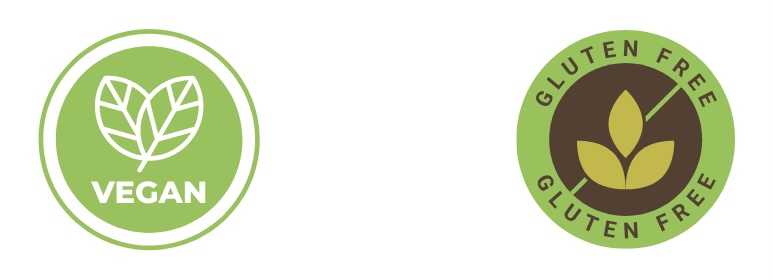
When was the last time you checked the ingredient list on a box of store-bought crackers? Chances are, it was a long list packed with preservatives, refined oils, and additives you can’t even pronounce. Most commercial crackers may look healthy, but they often hide unnecessary ingredients that your body doesn’t need. That’s why making your own crackers at home is such a game-changer. You know exactly what goes in-simple, natural ingredients that you can trust. No artificial flavors, no chemicals, just wholesome, real food.
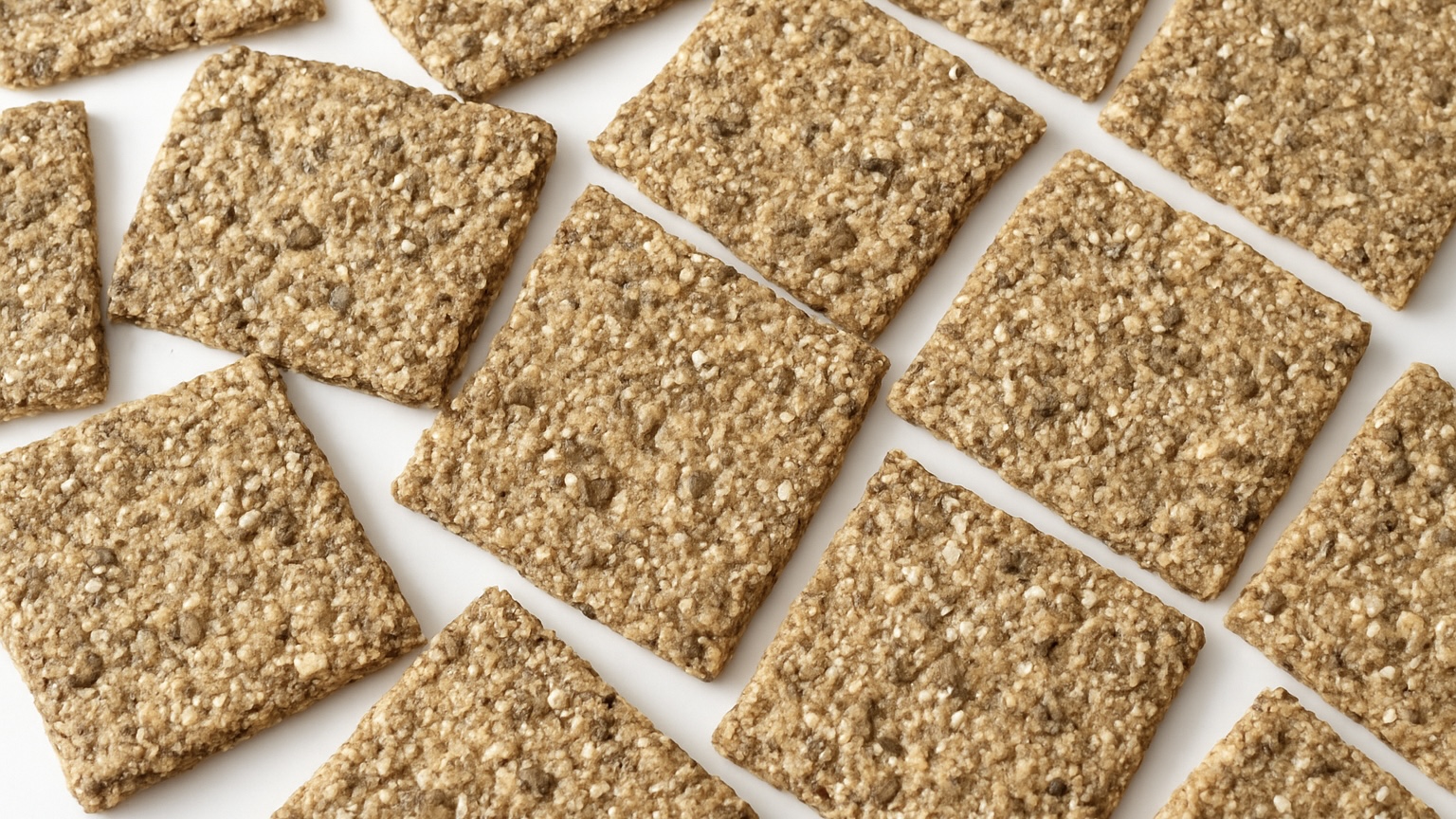
These homemade seed crackers prove that healthy snacking doesn’t have to be complicated. Made with a mix of flaxseeds, chia seeds, sunflower seeds, sesame seeds, and pumpkin seeds, they deliver a delicious crunch while packing in serious nutrition. The magic starts when flax and chia combine with water to form a natural gel that holds everything together—no eggs, no gluten, no refined flour needed. Just seeds, seasoning, and a little love.
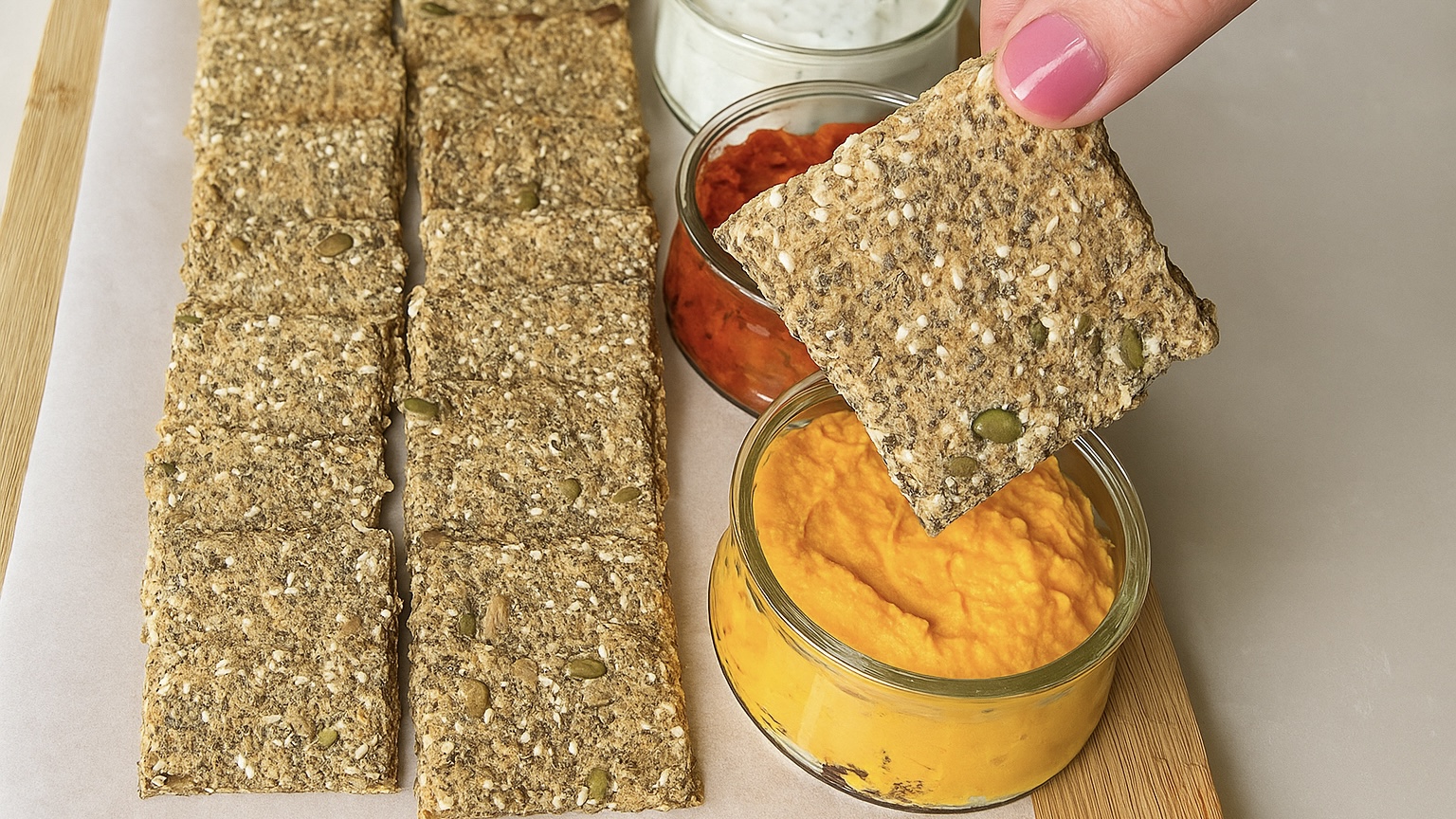
And let’s talk about flaxseeds, the true star of this recipe. These tiny seeds are nutritional powerhouses, rich in omega-3 fatty acids that support heart and brain health, as well as fiber to promote digestion and keep you feeling full. They also contain lignans, antioxidants with incredible benefits for hormonal and cellular health. But here’s the catch: your body can’t absorb all these nutrients from whole flaxseeds because their hard outer shell is difficult to break down. That’s why we grind the flaxseeds into a fine flour before using them, so you can actually reap every single benefit they offer.
By combining flaxseeds with other nutrient-packed seeds like sesame, pumpkin, and sunflower, you’re creating a snack that’s rich in minerals like magnesium, zinc, and calcium, plus plant-based protein and healthy fats. These crackers are not just tasty, they’re functional food. A simple, crunchy, and satisfying option for anyone who wants to eat better without sacrificing flavor.
Enjoy them as a quick snack, pair them with your favorite dip, or serve them alongside a comforting bowl of soup. Once you taste them, you’ll never look at store-bought crackers the same way again.
Ingredients
- ¼ cup (40 g) golden or brown flaxseeds, ground into flour
- 3 tbsp (30 g) chia seeds
- 1 cup (240 ml) room temperature water
- ¼ cup (35 g) sunflower seeds
- ¼ cup (35 g) sesame seeds
- ¼ cup (35 g) pumpkin seeds
- ⅓ cup (30 g) oat flour (or almond/coconut flour for keto-friendly option)
- ¼ tsp salt
- ¼ tsp garlic powder
- 1 tsp dried oregano
Directions
- Grind the flaxseeds into a fine flour using a coffee grinder or food processor. Transfer to a mixing bowl.
- Add chia seeds and water, stir well, cover, and let sit for 15–30 minutes until it turns into a thick, gel-like mixture.
- Combine remaining ingredients: Stir in sunflower seeds, sesame seeds, pumpkin seeds, oat (or almond/coconut) flour, salt, garlic powder, and oregano. Mix until everything is well incorporated and slightly sticky.
- Rest the dough for another 10–15 minutes to make it easier to handle.
- Spread the mixture: Transfer onto a parchment-lined baking sheet (about 37 cm × 25 cm / 14.5 in × 10 in). Spread evenly using a spatula to about 0.3–0.4 cm thickness.
- Smooth the surface: Place an oiled sheet of parchment on top and gently press with a flat utensil or your hands. Remove the top parchment carefully.
- Preheat the oven to 340°F (170°C). Bake for 10 minutes. Remove from the oven, cut into cracker shapes, and return them to the oven.
- Bake again for 35–45 minutes until the crackers are crisp and golden.
- Cool completely before serving. Crackers will harden more as they cool.
Prep & Baking Info
-
Servings: About 24 crackers
-
Soaking Time: 30 minutes
-
Prep Time: 20 minutes
-
Baking Time: 10 minutes + 35–45 minutes
Nutritional Information (Per Cracker)
-
Energy: 46 calories
-
Protein: 1.75 g
-
Fat: 3.56 g
-
Carbohydrates: 2.5 g
-
Fiber: 1.4 g
Storage
-
Store cooled crackers in an airtight container at room temperature for up to 10 days.
-
To keep them extra crispy, place a small piece of parchment paper in the container to absorb any moisture.
Serving Ideas
-
Pair with hummus, guacamole, or cheese.
-
Enjoy as a stand-alone snack or a crunchy side with soup.
Dietary Info
-
100% Vegan
-
Gluten-Free (if using certified gluten-free oat flour or almond/coconut flour)
-
No refined sugars, no additives, no preservatives.
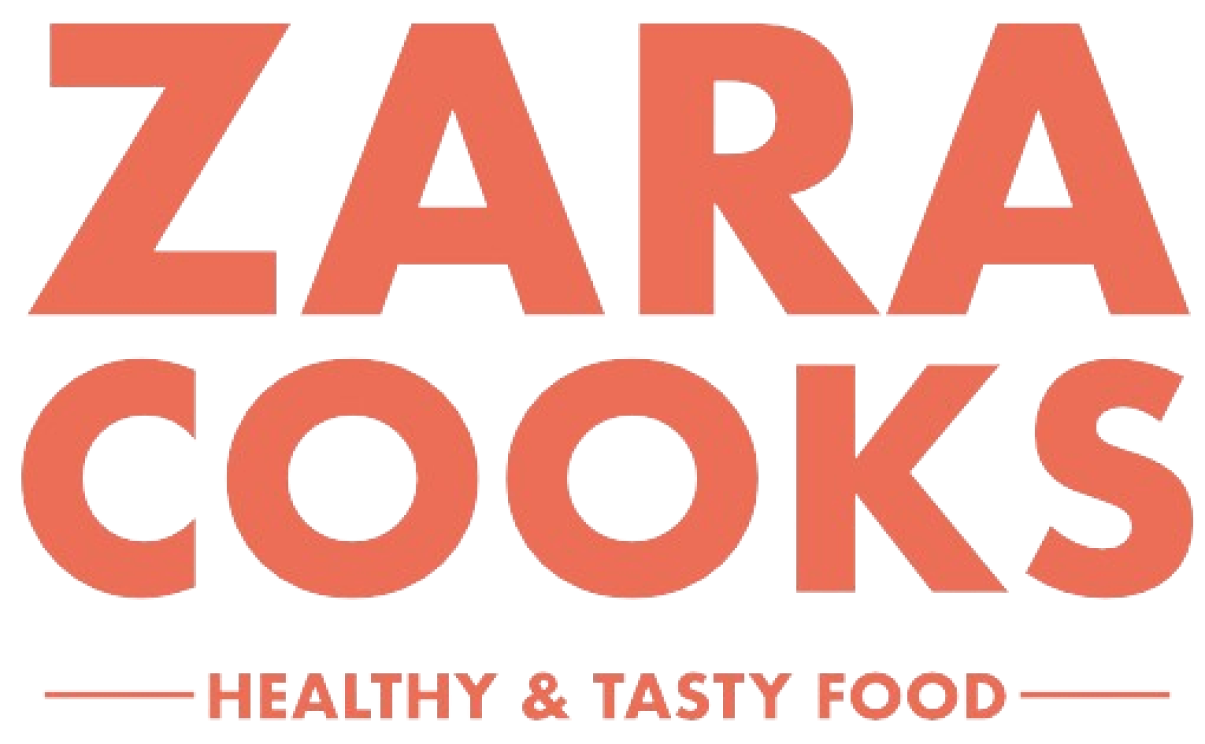
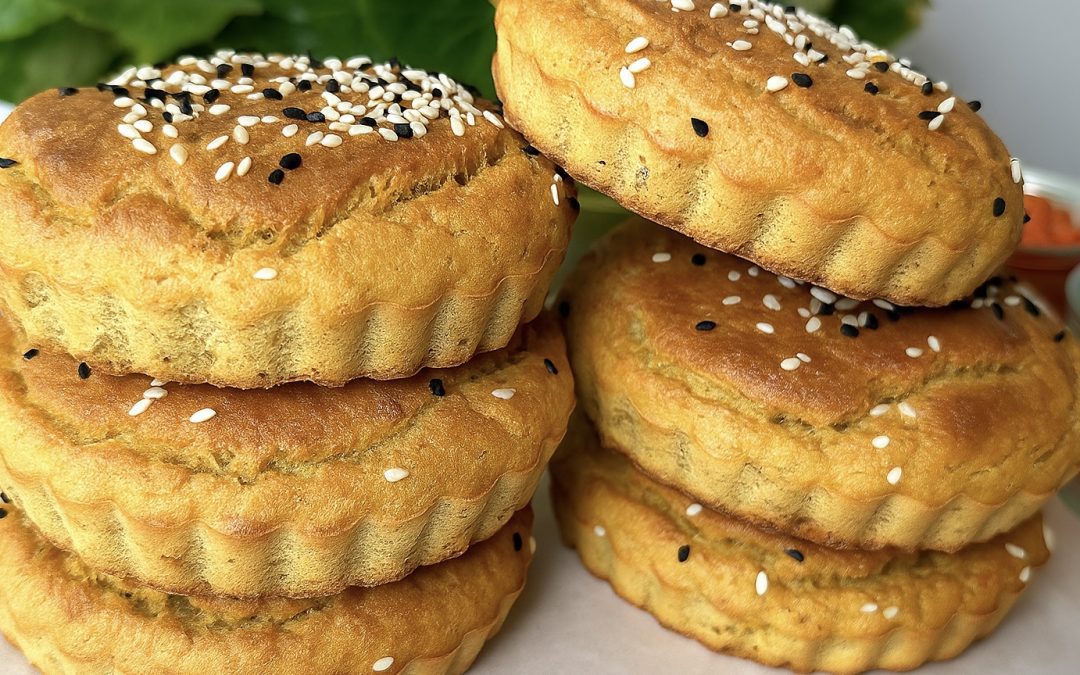

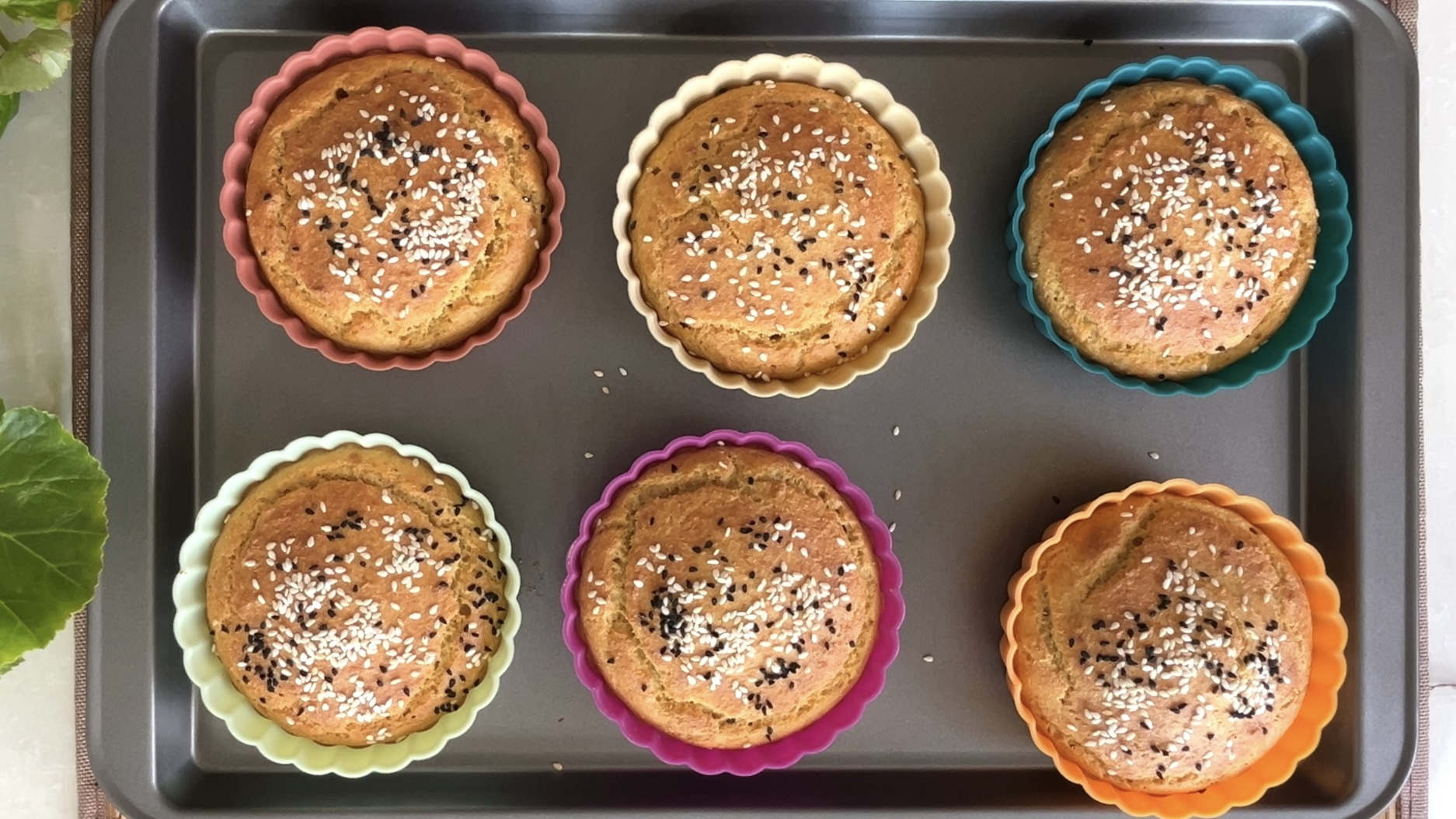 Let’s talk about the primary ingredient, chickpeas. They’re naturally gluten-free and packed with plant-based protein, fiber, folate, iron, and magnesium. That means they’re not just here for taste; they’re here to help keep your energy steady, support muscle repair, improve digestion, and contribute to heart health. On top of that, chickpeas have a low glycemic index, so you don’t get that dreaded post-bread crash, just slow, steady energy. They’re also one of the most versatile legumes out there, which makes them a perfect pantry staple if you want to swap out refined carbs for something more nutrient-dense.
Let’s talk about the primary ingredient, chickpeas. They’re naturally gluten-free and packed with plant-based protein, fiber, folate, iron, and magnesium. That means they’re not just here for taste; they’re here to help keep your energy steady, support muscle repair, improve digestion, and contribute to heart health. On top of that, chickpeas have a low glycemic index, so you don’t get that dreaded post-bread crash, just slow, steady energy. They’re also one of the most versatile legumes out there, which makes them a perfect pantry staple if you want to swap out refined carbs for something more nutrient-dense.